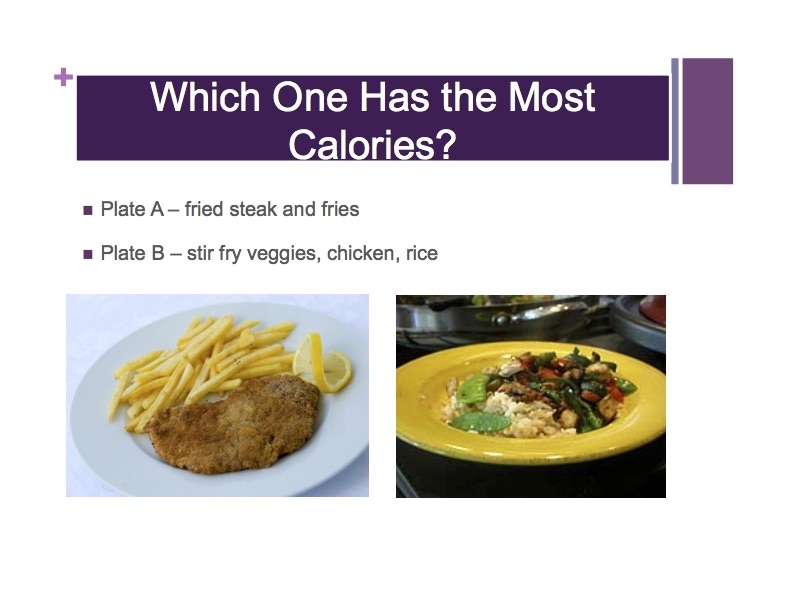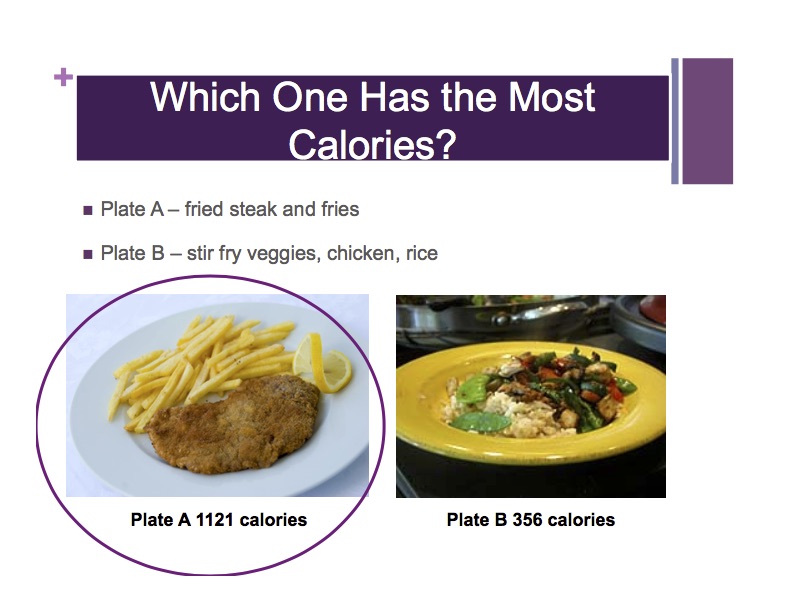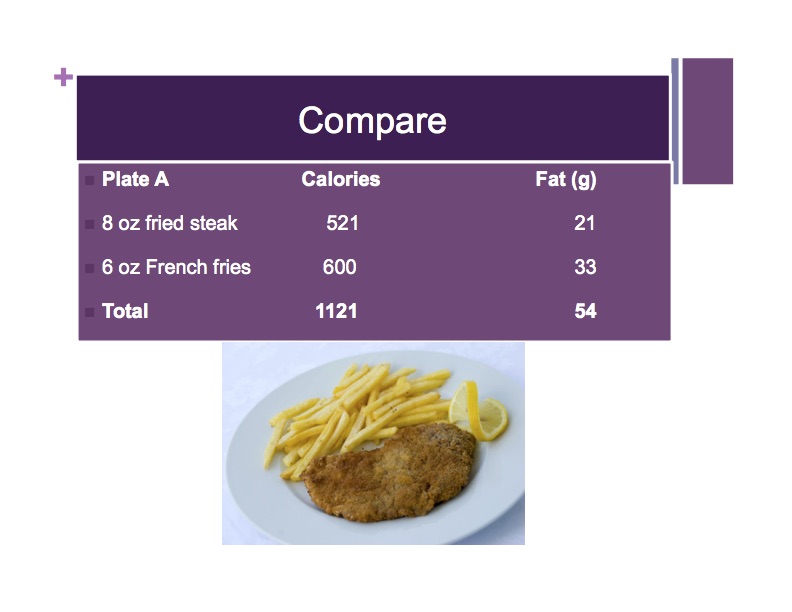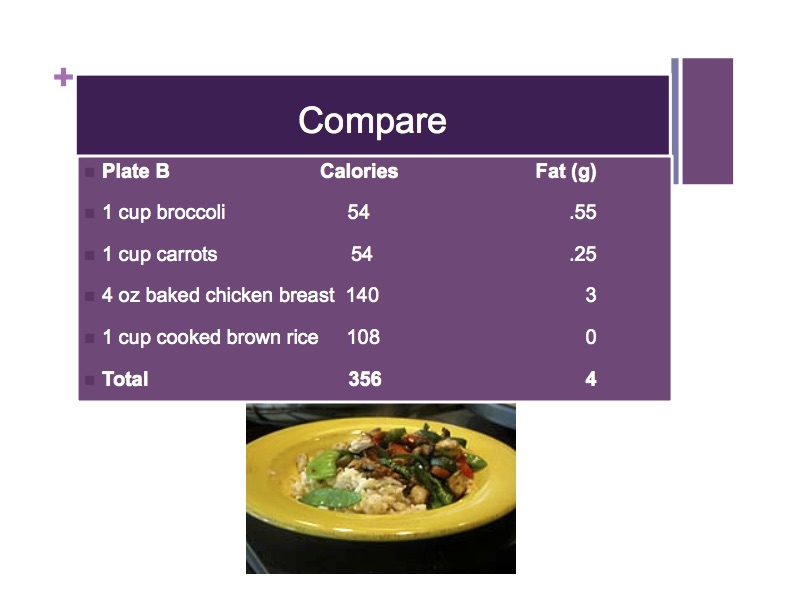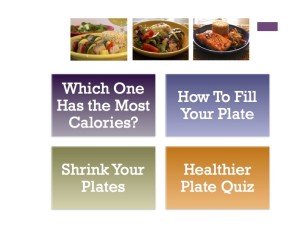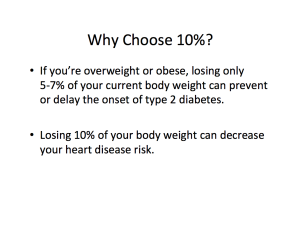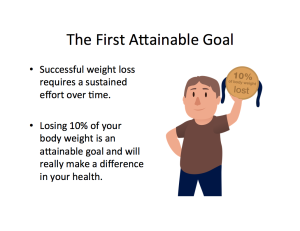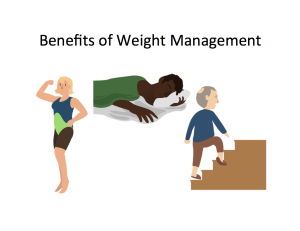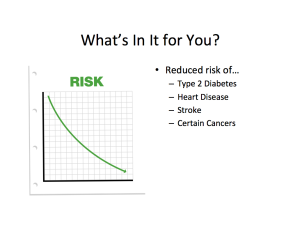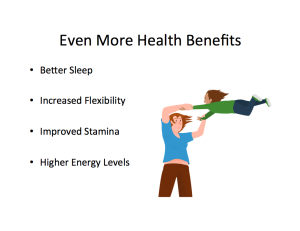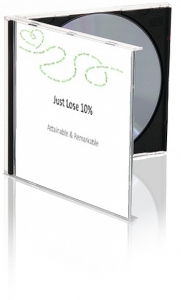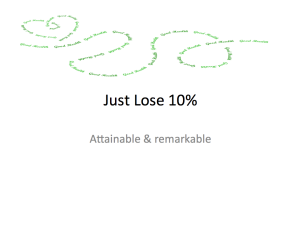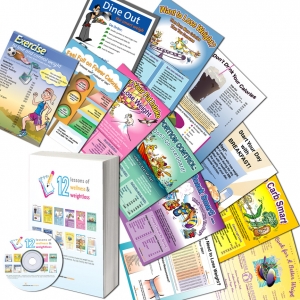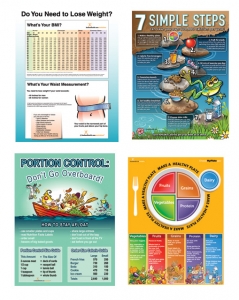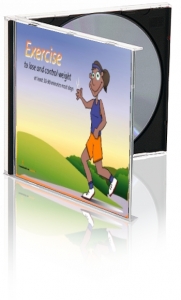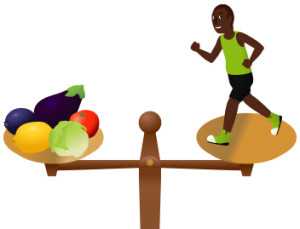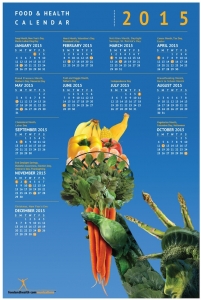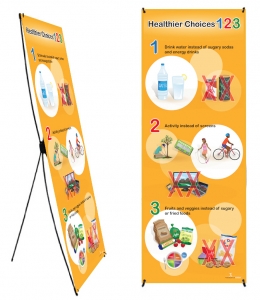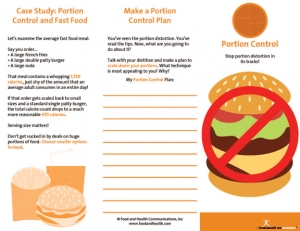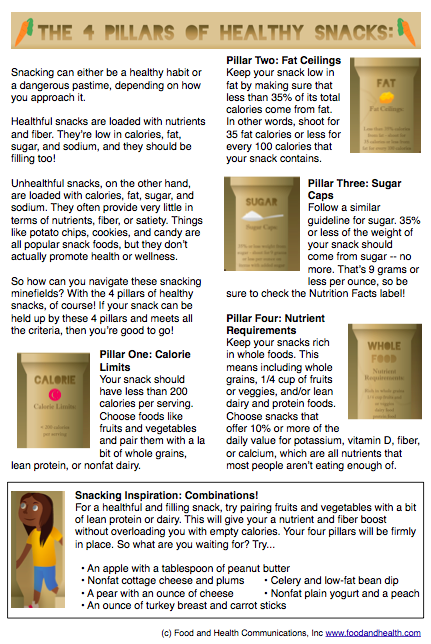According to the U.S. Department of Agriculture, the average American family of four loses $1,500 to uneaten food each year. Food waste can impact your budget, but also the environment. One way to reduce food waste is to plan your meals. Of course, meal planning has many more benefits – it can help with eating on a budget, weight management, eating more family meals, following MyPlate, and more.
Here are some ways to teach your students, clients, or other groups about meal planning and reducing food waste:
- Zero-based food plan: Have you ever heard of a zero-based budget? You basically plan where every dollar of your income will go for the month – savings, rent, utilities, food, clothing, coffee, postage stamps, etc. (Learn more by reading this Nerd Wallet blog post.) How about applying this concept, in general terms, to the food you buy? By planning your meals, you can buy just as much food as you need. When leftover food is planned into future meals, food isn’t wasted (we call these planned-overs!). Knowing where every ounce of frozen broccoli will go isn’t such a big deal, because whatever you don’t use can go back into the freezer. But if you’re buying fresh vegetables for a recipe, either buy the exact amount you’ll use, or make a plan to use what’s left over. Try zero-based food planning with fresh produce, eggs, dairy products, bread, and other perishables.
- Fruit & veggie stock up: Use meal planning to make sure you have enough fruits and vegetables to fill up half of your plate for every meal, every day. Avoid food waste by planning on meals with fresh produce for the first few days after food shopping. Then start using frozen vegetables, and frozen fruits, too (add some to yogurt or oatmeal, heat some in the microwave to use as a topper for toast or pancakes). As you get to the very end of the week, use canned vegetables if you’re out of frozen. Canned fruit, applesauce, and raisins can fill in for fresh fruit.
- Meal styles: A more general meal plan with meal styles can make weekly meal planning easier. You have a different style for each day of the week. For example, Monday can be beans (burritos, chili, or soups). Saturday can be salads (entree salad with different proteins and veggies). See our free handout for seven different meal styles and ideas for each. These make the basis for meals, then you can add your own favorites, try new recipes, etc.
- Keep it simple: If meal planning makes you think of the perfect pictures of perfect meals you see on social media, think again! Meal planning is whatever YOU want it to be. Maybe you just want to plan breakfast for the week. It’s all fine – check out our free Meal Planning Ideas handout to get started.
- Menu planning tool: In our store, we have a great tool to use no matter how you decide to teach menu planning. Use the Menu Planning Dry Erase poster to walk individuals or groups through planning a week’s worth of meals. We also have a larger Menu Planning Dry Erase Wall Decal. And people can take home our smaller Menu Planning Tearpad to practice what they’ve learned.
Remember, planning meals can help you buy the right amount of food and use it before it goes bad. That’s good for you, your family, and the world!



